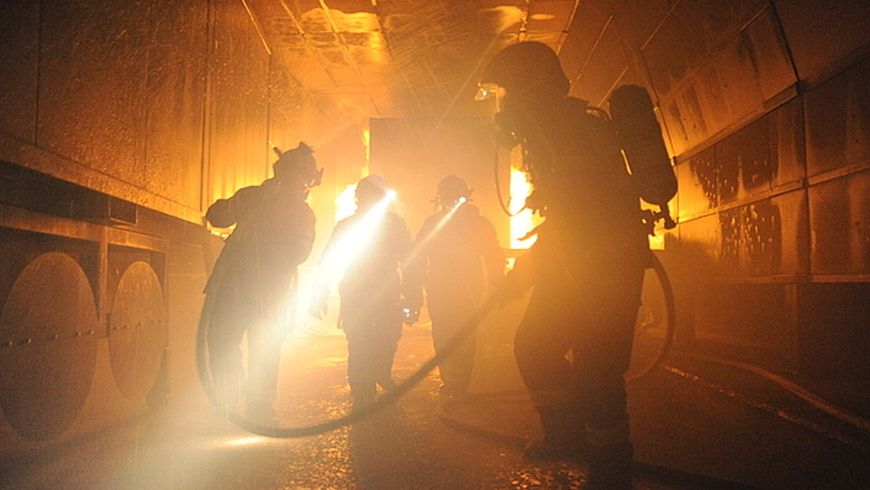Unique insights into concrete
Watching concrete explode

Gotthard, Montblanc, St. Bernardino – tunnel fires repeatedly cause the ceilings of the seemingly stable tubes to collapse. Infernal temperatures of up to 1000 degrees Celsius push concrete to its limits – and depending on the specific material in question, it can explode. However, the process has not yet been fully understood. It is clear that the water contained in high-performance concrete starts to move and evaporates – but cannot escape. The enormous vapor pressure in the fine pores of the concrete and the thermal stress on the material can cause parts to be blown off. Whether such explosions actually occur and how serious the consequences are depends on numerous factors and can hardly be predicted.
Under pressure
Prof. Dr. Pietro Lura
Concrete / Construction Chemistry
Phone +41 58 765 41 35
Dr. Benedikt Weber
Concrete / Construction Chemistry
Phone +41 58 765 48 86
Dr. Andrea Six
Communication
Phone +41 58 765 61 33
Media release on fire resistant concrete (2015)
D Dauti, A Tengattini, S Dal Pont, N Toropovs, M Briffaut, B Weber; Analysis of moisture migration in concrete at high temperature through in-situ neutron tomography; Cement and Concrete Research (2018). doi:10.1016/j.cemconres.2018.06.010
| Audio |

Empa researchers have investigated the effect of extreme temperatures on high-performance concrete. Benedikt Weber explains how explosions can occur in a tunnel fire. (Deutschlandfunk, Forschung aktuell [in German]) Image: Ricardo Gomez Angel on Unsplash
-
Share

